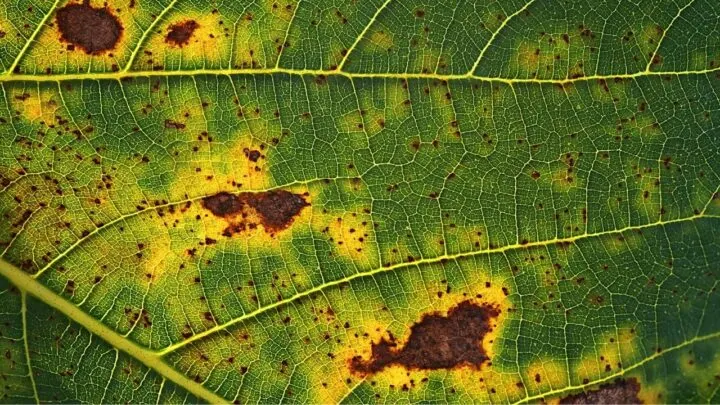There are over 6,000 thrips species that tend to feed on plants according to the University of Winsconsin. They not only like indoor plants but are also found swarming outdoor plants.
Thrips are most commonly known as Thysanoptera or thunder flies and are as fat as a sewing needle.
The damage done by them is much worse since they not only feed on plants, but they also transmit viruses.
Table of Contents
Can Thrips Live in Water?
Thrips can live in water. Thrips are pests that feed on vegetation and can easily travel from one-infested plant to another. These pests often seek out places that are filled with water and can travel indoors by attaching themselves to damp laundry. They are also often found on swimming pool filters.
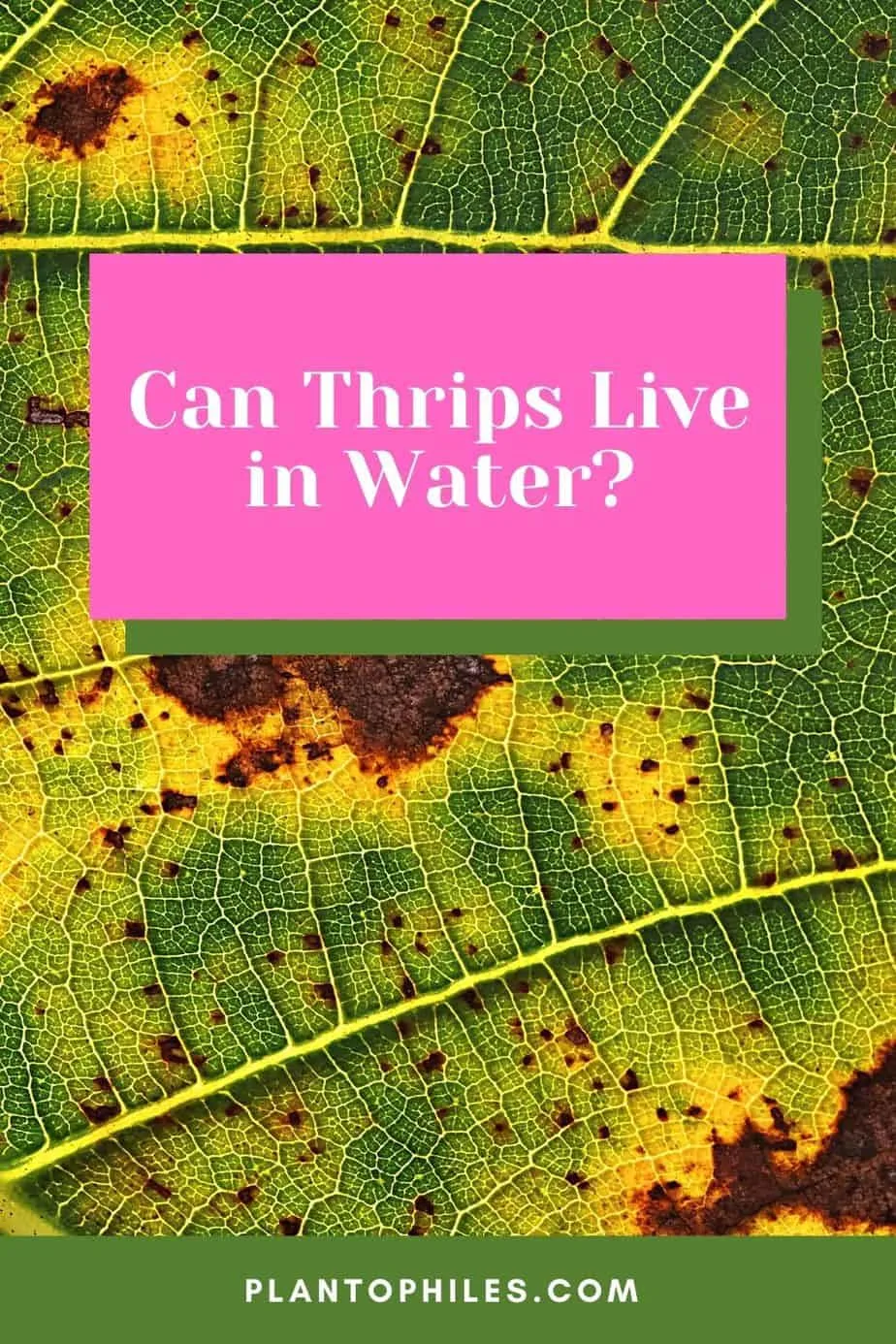
Can Thrips Live in Water?
How Thrips Travel from Water to Plants
Thrips are tiny insects that will feed on the leaves of your plant. They can be found in large numbers once they have chosen a plant host.
Pools are one of the main places you should look out for thrips since they tend to live in pool filters.
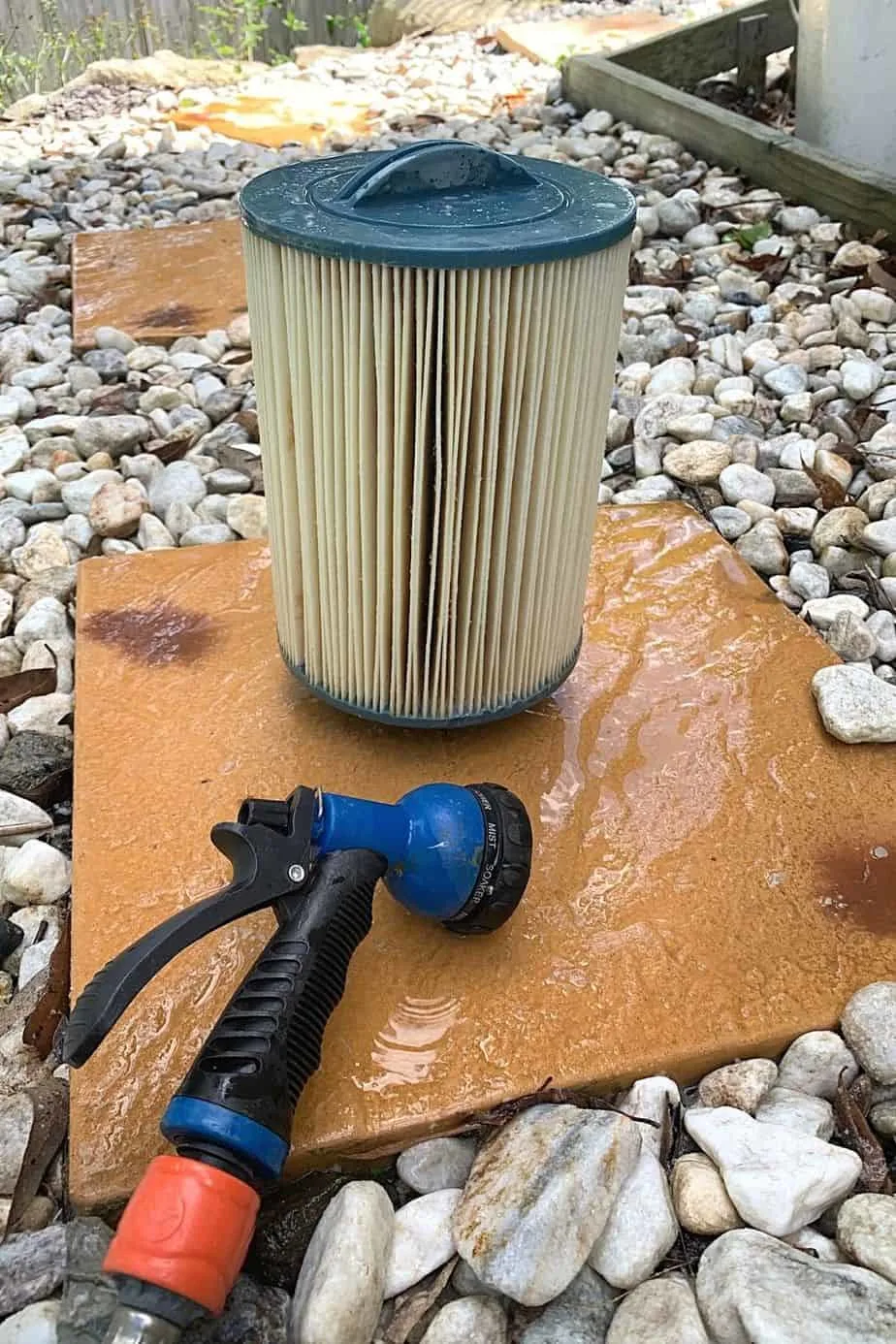
Thrips love to live in pool filters, hence, that’s the first place you should check out for their presence
People who go to pools and also own indoor plants must make sure they wash off before they come close to their plants.
If you have flowering plants present close to the pool, then they can also become a breeding ground for thrips.
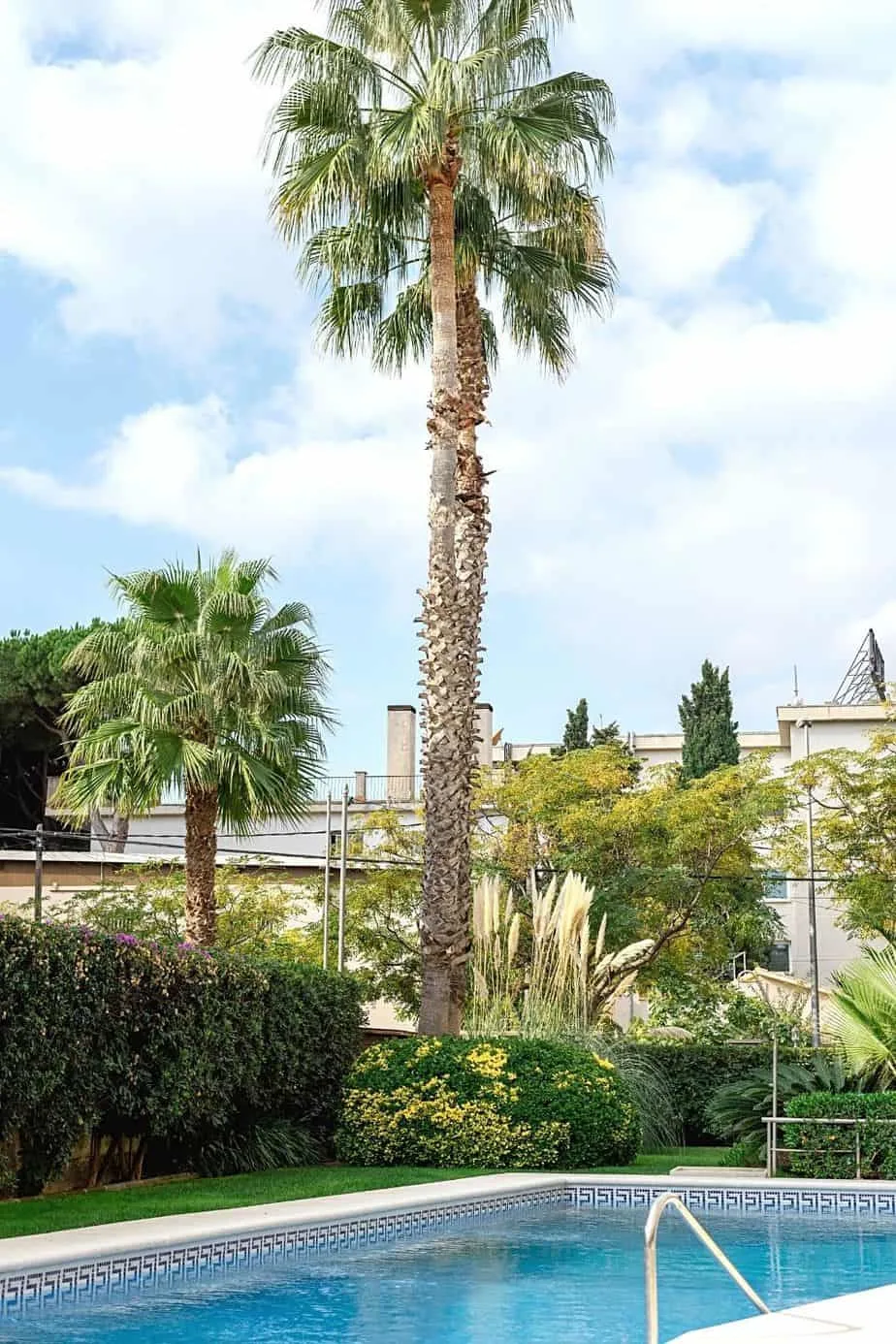
If you have flowering plants close to your pool, they can become a thrip breeding ground
Homes that have pools should observe their window screen and check the doors to see if any thrips are present on them.
These insects can fly or can be blown by the wind, which causes them to end up on clothes, windows, outdoor plants, and swimming pools.
Once thrips land on a plant, object, or person, they scrape the surface in order to feed and get water.
If thrips scrape the surface of people’s skin, they often feel a biting sensation. But they do not stay on human skin for too long as their main host is plants.
Thrips often land on clothing that is yellow, blue, and white in color. They also tend to attach to human skin than clothes.
How to Identify Thrips
Adult thrips are known to have slender and tiny bodies that are only 1/50 or 1/25 inches long. They can vary in color depending on which species they belong to.
The most common colors that you may find are yellow, brown, or black. If you try to come too close to observe them, then they will fly away or leap off of the surface.
They have narrow wings that help them travel from one place to another. The thrip nymphs are much smaller than adult thrips and have light colors.
They do not have developed wings and often have red eyes. Thrips can appear to be tiny dark insects on your plant.
But they are hard to see, and you might need the aid of a magnifying glass to clearly identify them. You can also use white paper and shake the infested plant on top of it so that you can see them.
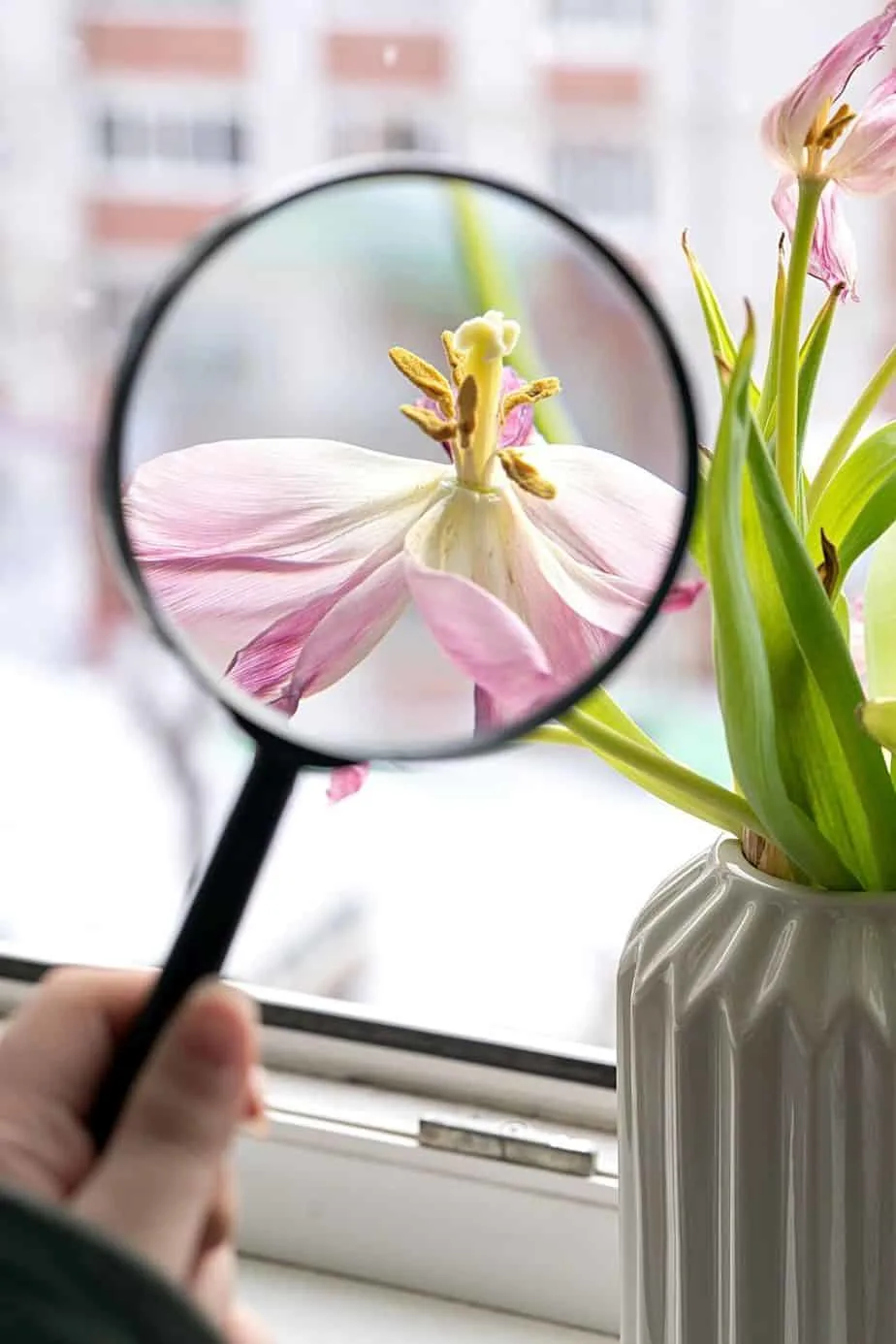
As thrips are hard to see, you need to use a magnifying glass so you can clearly identify them
Harm Caused to Plants Because of Thrips
Discolored Leaves
When thrips attack plants, the leaves get discolored, and they can even start to fold. This is because the plant’s food supply stops due to the attack of thrips.
Plants also start to lose their vibrancy and turn pale, and the leaves start to drop due to a lack of food.
Stunted Growth
When thrips start to attack a plant, they suck out all the nutrients from the cells. The plant then starts to lose everything it needs for growth, and because of this, it stops growing.
You will also notice that thrip infestation starts to reduce on plants that have had almost all their nutrients sucked out.
The most common plants that suffer from thrips are those with fruits and vegetables.
Spreads Viruses and Pathogens
There are some species of thrips that not only suck out the sap from the plant but they also carry viruses and pathogens. These different species of thrips are known as carriers.
Some of the viruses that thrips carry can include Tospovirus, Ilarvirus, Machlomovirus, Carmovirus, and Sobemovirus.
Affects Photosynthesis
Thrips affect photosynthesis by eating off all the green parts of the crop.
This causes the plant to stop photosynthesizing since the green part of the plant is used to take sunlight for food creation.
Preventing Thrips
The thrips population can be kept under control by using methods such as yellow or blue sticky traps.
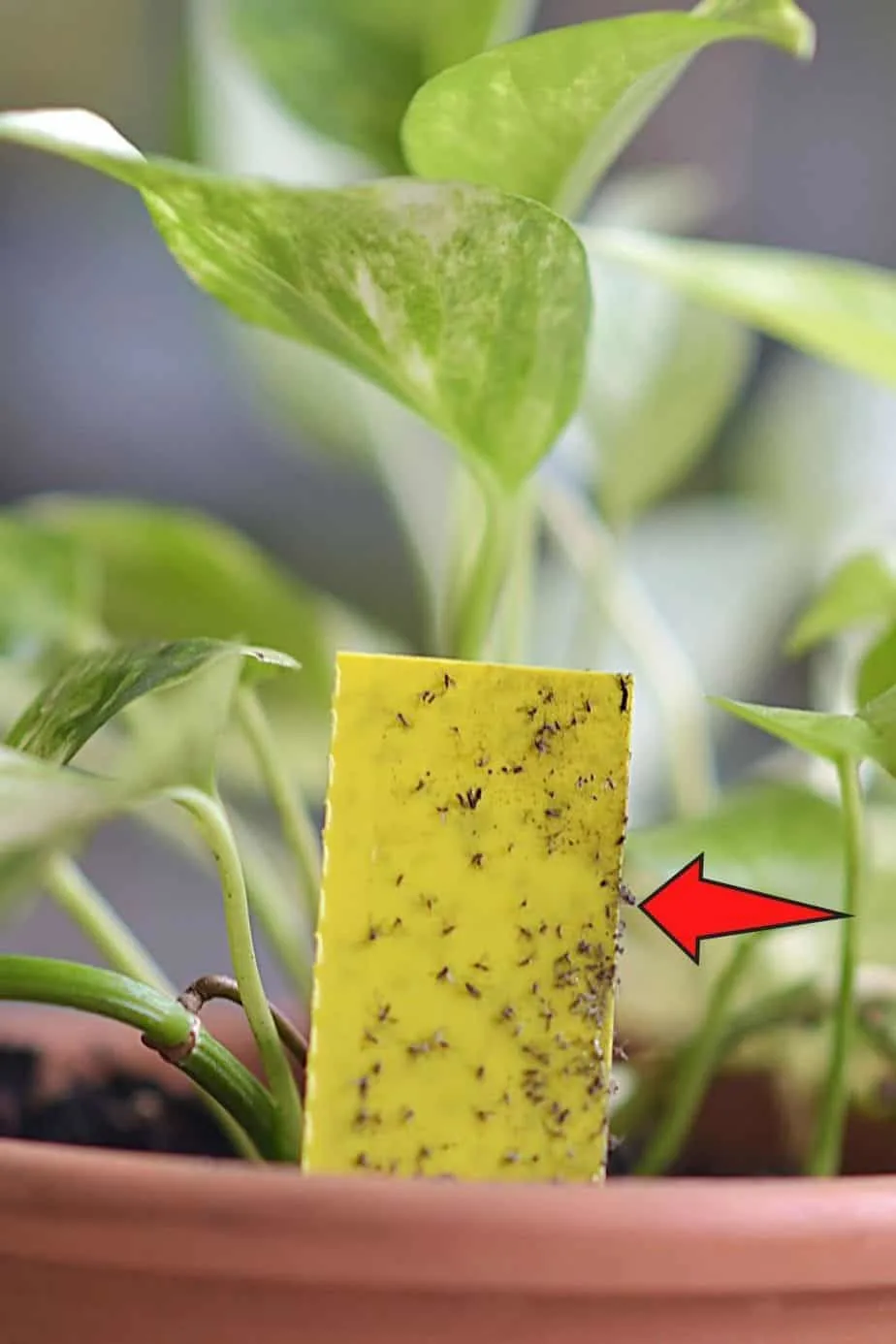
One way to keep the thrips population under control is to place blue or yellow sticky traps near your plants
If you went to a swimming pool, you could also make sure to wash off before you come close to your plants.
You can also try shaking the branches of your plant to remove and thrips attached to them.
By placing a damp cloth under the plant that you shake, you will be able to capture any of the thrips that fall off.
For plants that have fruits on them, simply spray dormant oil. The last thing you can do is dust the bottom side of the leaves with diatomaceous earth.
Frequently Asked Questions about Thrips Living in Water
Why do thrips keep coming back into my pool water?
Thrips enjoy being around water, and the pool provides them a safe spot to land on before they can attack your plants.
Will getting rid of the weeds surrounding my pool help avoid the attack by thrips?
Thrips do not just live on plants but can also live in water. You may need to take more precautions to stop their spread, such as by using insecticidal soap.

Daniel has been a plant enthusiast for over 20 years. He owns hundreds of houseplants and prepares for the chili growing seasons yearly with great anticipation. His favorite plants are plant species in the Araceae family, such as Monstera, Philodendron, and Anthurium. He also loves gardening and is growing hot peppers, tomatoes, and many more vegetables.

